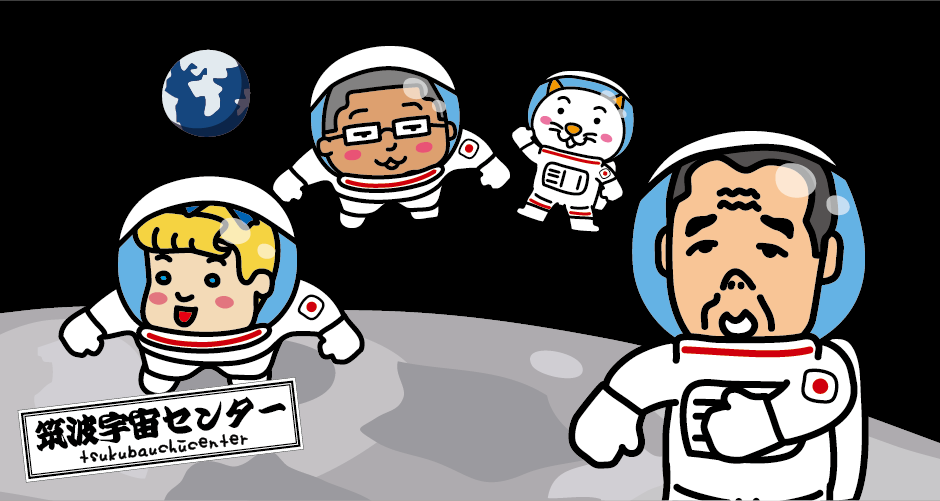Highly recommended for those who get excited when thinking about or talking about space! I went to the “JAXA Tsukuba Space Center” where the Space Brothers also visited and felt the universe!
JAXA (Japan Aerospace Exploration Agency) is an organization that consistently conducts everything from basic research to development and operation in the field of aerospace in Japan. JAXA’s Tsukuba Space Center, located in Tsukuba City, Ibaraki Prefecture, is one of the largest aerospace development facilities in Japan. Opened in 1972. There is an exhibition hall called “Space Dome” on the site that is 12 times the size of Tokyo Dome. Visitors can get up close and personal with full-scale satellites, real rocket engines, and a full-scale model of the Japanese Experiment Module (nicknamed “Kibo”), part of the International Space Station (ISS), which was built approximately 400 km above the ground. It’s fun to tour the museum on your own, but since there is a free guide provided by the staff, it’s better to deepen your understanding than to tour without explanation.
“Tsukuba Space Center” was also used as a filming location for the movie “Space Brothers” (released in 2012), so many “Space Brothers” fans visit here as a pilgrimage to sacred places.
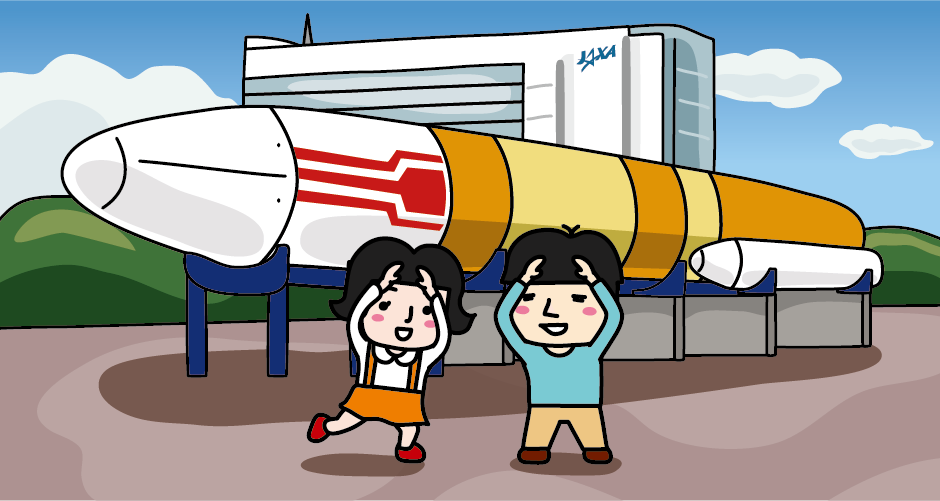
A real H-II rocket with a length of 50m is displayed at Rocket Square. It is the first rocket that succeeded in complete domestic production. Even now, if you have fuel and a launch pad, you can fly into space. It is very popular as a photo spot.

When you enter the Space Dome, you will see a 1/1,000,000 scale model of the Earth called “Dream Port”.
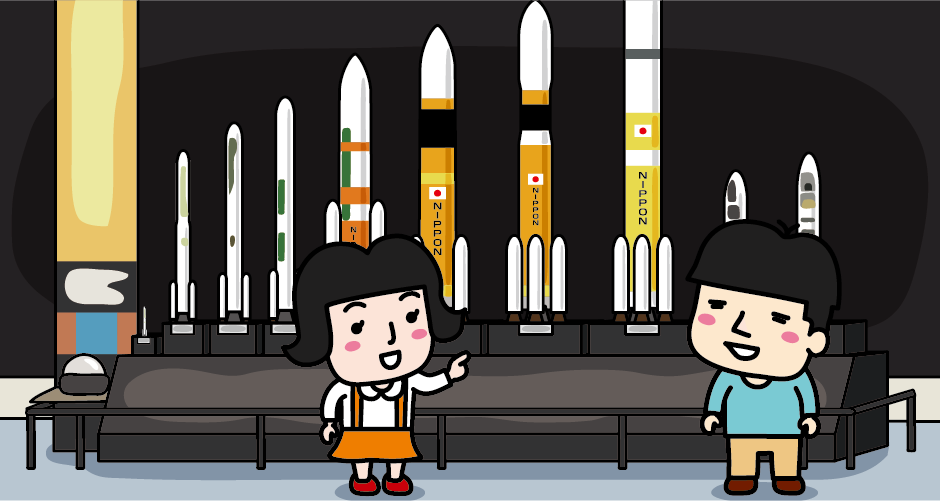
From the N-I rocket to the latest H-IIB rocket, there are many 1/20 scale models and full-scale artificial satellites on display.
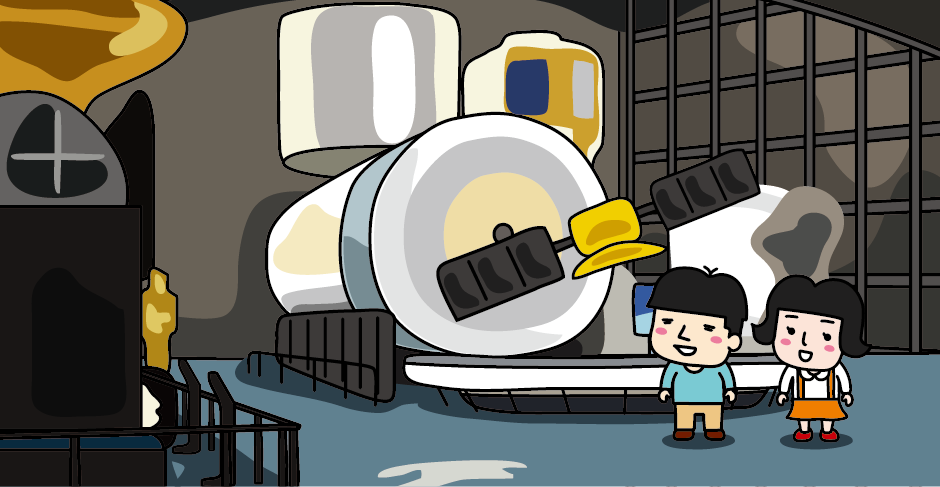
The International Space Station (ISS) is a huge manned experimental facility built about 400km above the ground. We conduct experiments, research, and observations of the earth and celestial bodies while orbiting the earth at a speed of about 90 minutes. It is an international cooperation project involving 15 countries around the world, including the United States, Japan, Canada, the United Kingdom, France, Germany, Italy, Switzerland, Spain, the Netherlands, Belgium, Denmark, Norway, Sweden, and Russia. Japan is developing one of the components of the International Space Station, the Japanese Experiment Module (nicknamed Kibo).
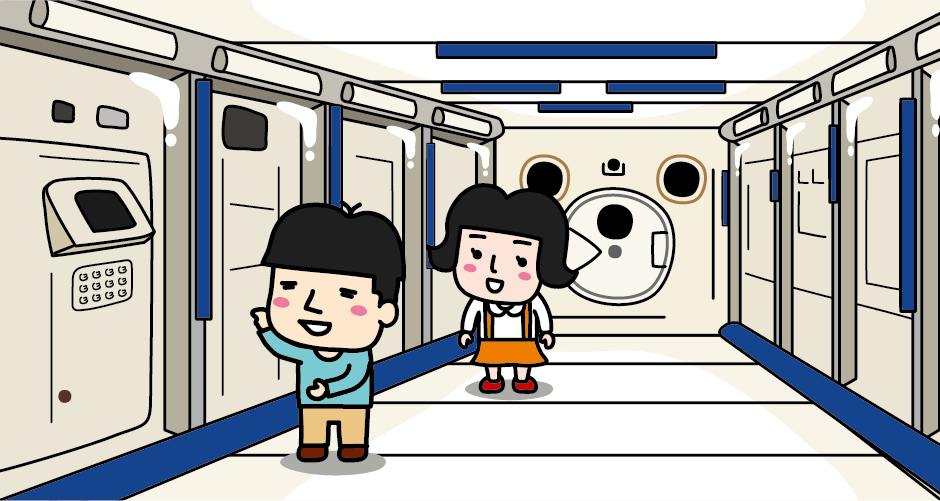
A life-size model of Kibo is displayed in the Space Dome. The size, interior and details are realistically reproduced. You can actually go inside the model.
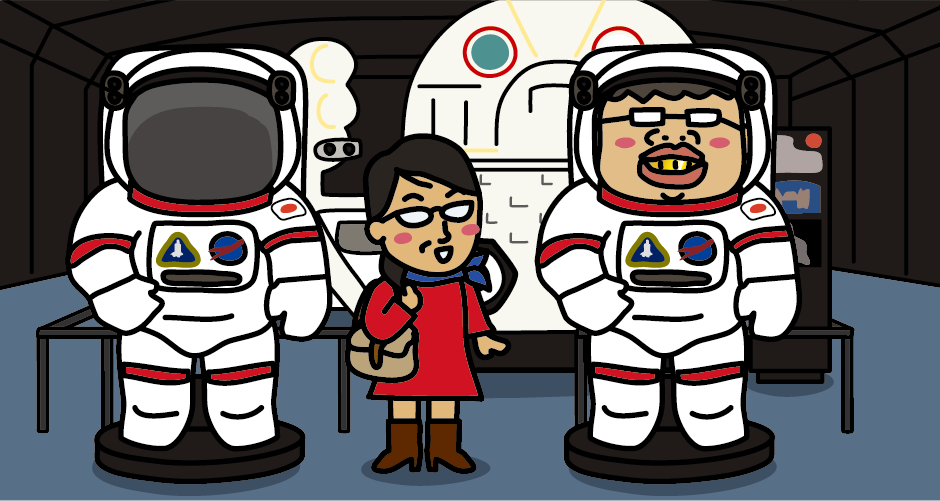
You can take a commemorative photo with your face sticking out from the space suit replica.
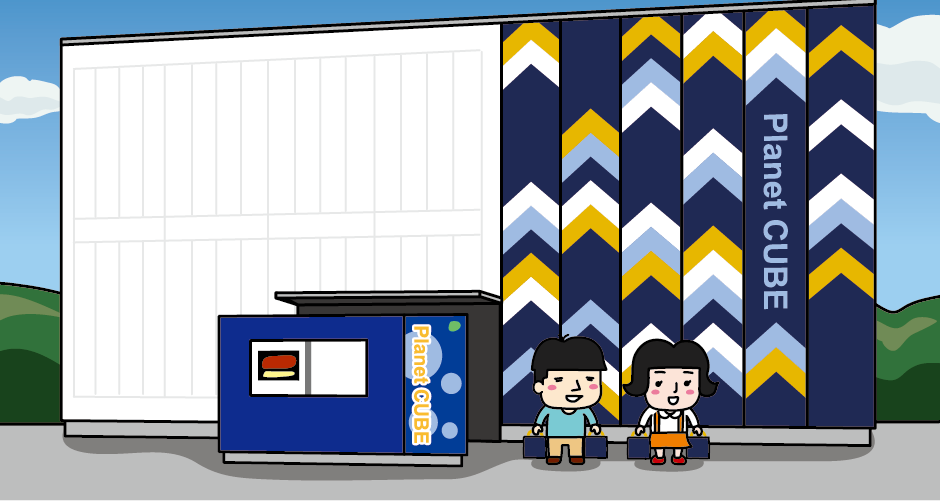
There is a shop in the “Planet Cube” adjacent to the Space Dome, where you can purchase souvenirs unique to JAXA, such as space foods and miscellaneous goods.
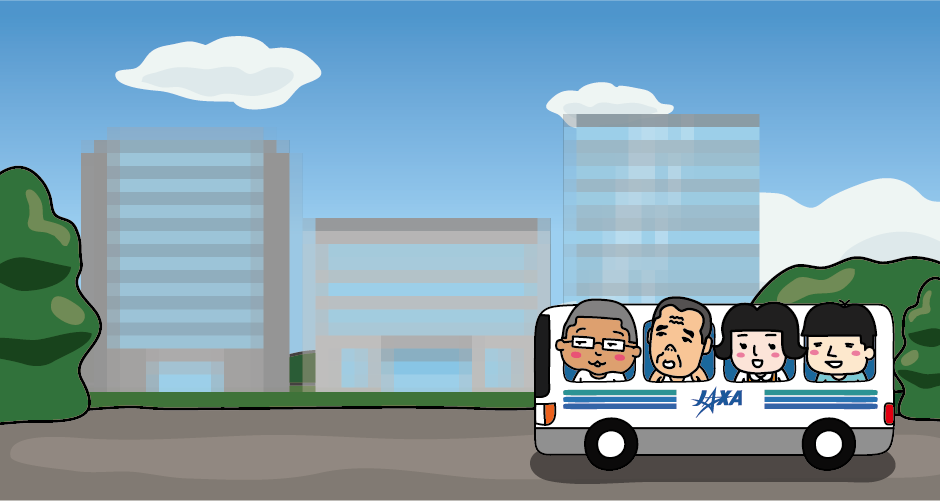
At the Tsukuba Space Center, in addition to the “Space Dome” exhibition, which can be viewed for free, there are paid tours. This observation tour takes you on a JAXA private bus to an area that the general public is not allowed to enter. There, you can see the training facility for astronauts and the operation control room of “Kibo”. (Photography is prohibited for security reasons)
Access to Tsukuba Space Center
It takes about 10 minutes from JR Tokyo Station to JR Ueno Station or JR Nippori Station by Yamanote Line. From JR Ueno Station or JR Nippori Station, transfer to the JR Joban Line and it takes about 1 hour to JR Arakawaoki Station. Get off at JR Arakawaoki Station, and from the Arakawaoki Station West Exit bus stop, take the local bus to the National Institute for Materials Science (NIMS) bus stop in about 15 minutes. The National Institute for Materials Science bus stop, a short walk.
Alternatively, take the Yamanote Line from JR Tokyo Station to JR Akihabara Station in about 5 minutes. At JR Akihabara Station, transfer to the Tsukuba Express Line (rapid) and it takes about 45 minutes to get to Tsukuba Station. Get off at Tsukuba Station and from the Tsukuba Bus Terminal take the local bus to the National Institute for Materials Science (NIMS) bus stop in about 5 minutes. The National Institute for Materials Science bus stop, a short walk.
